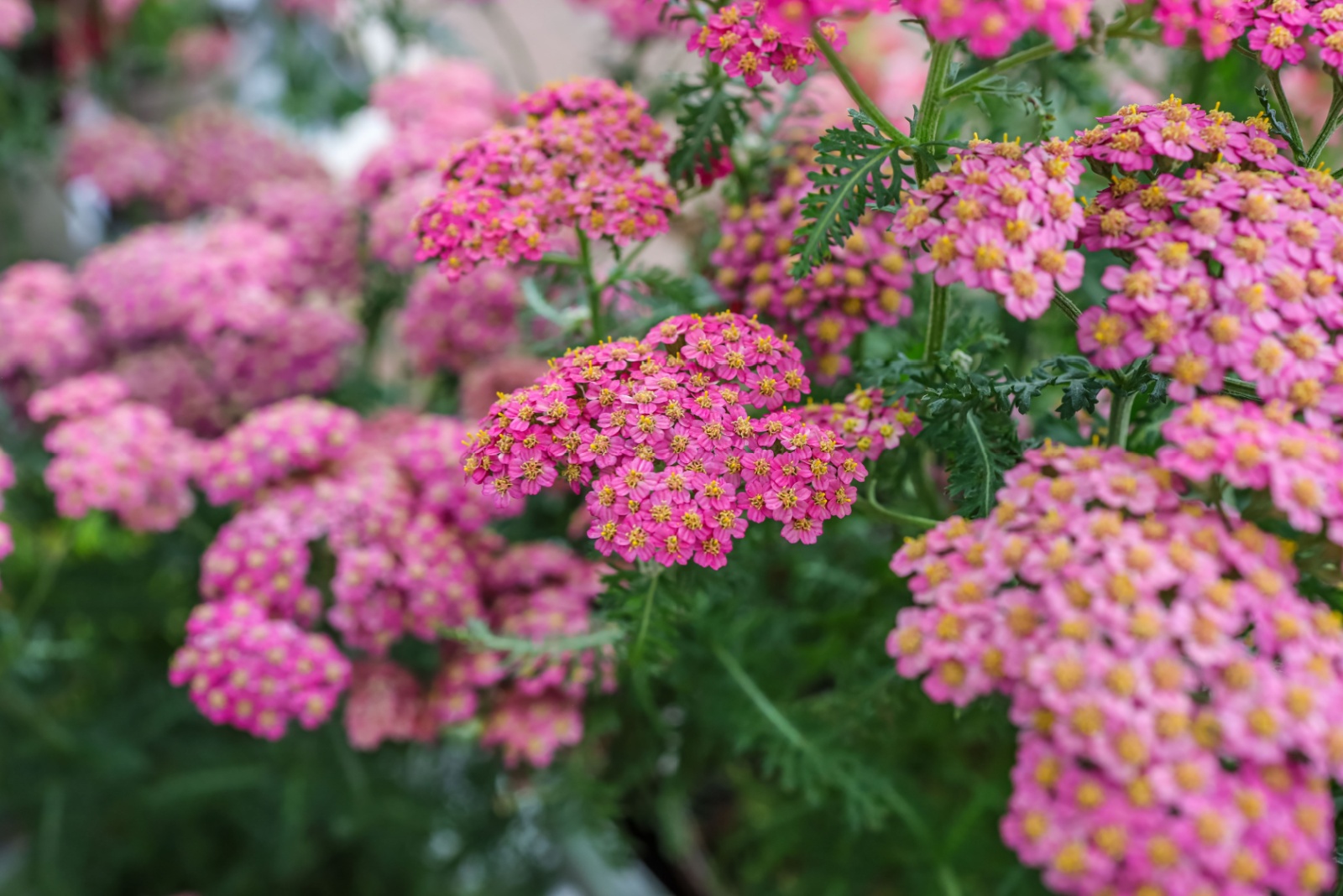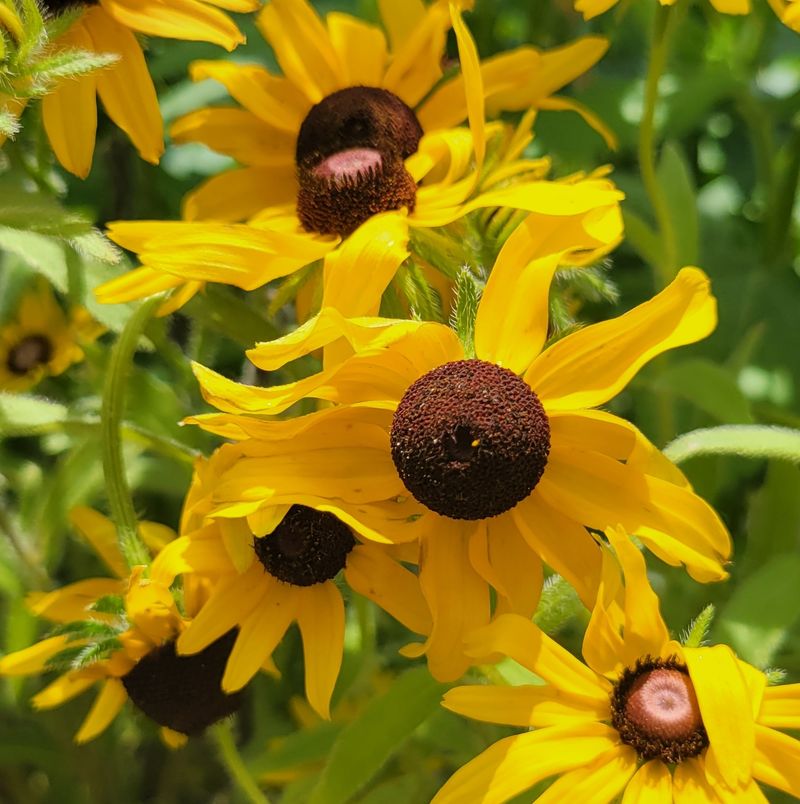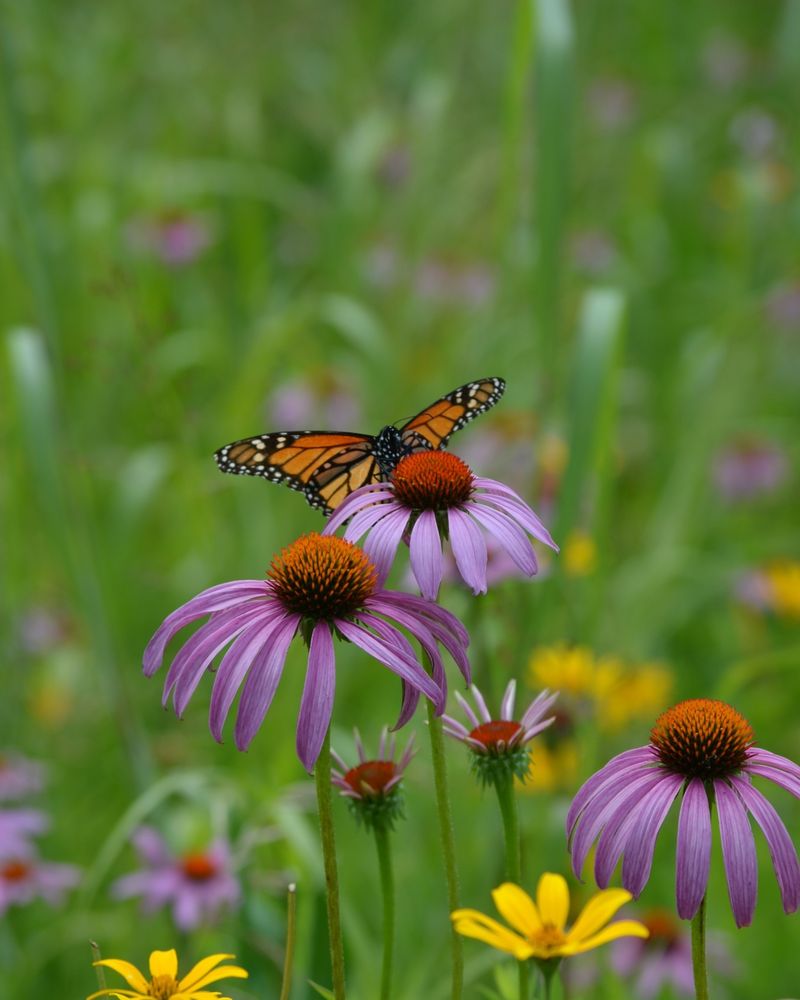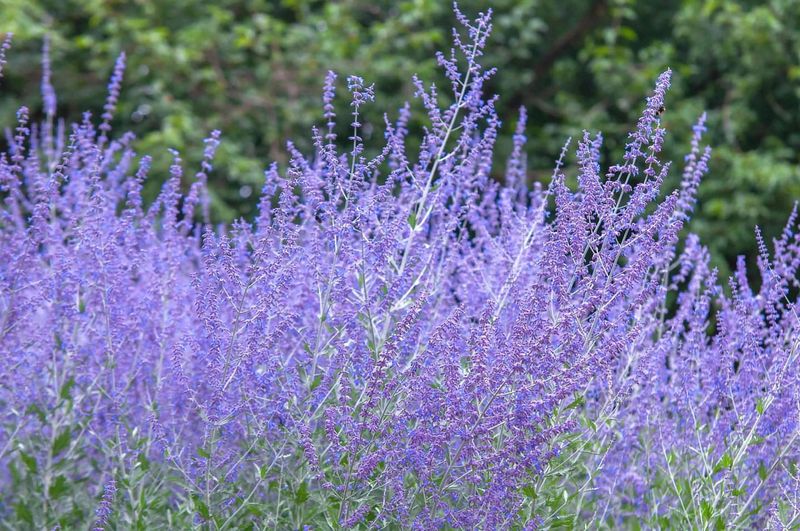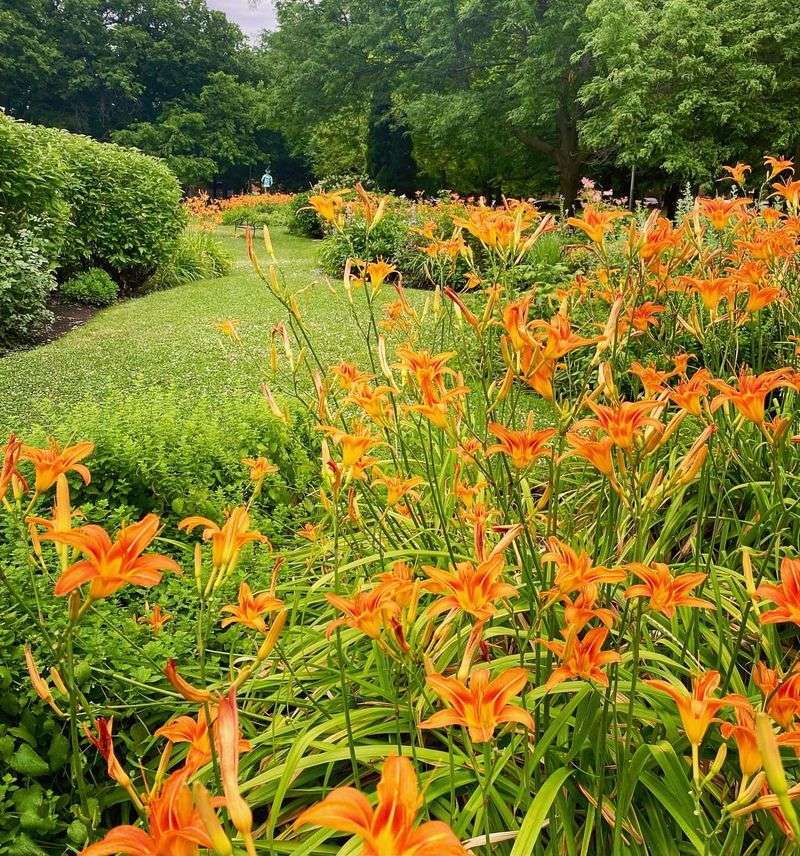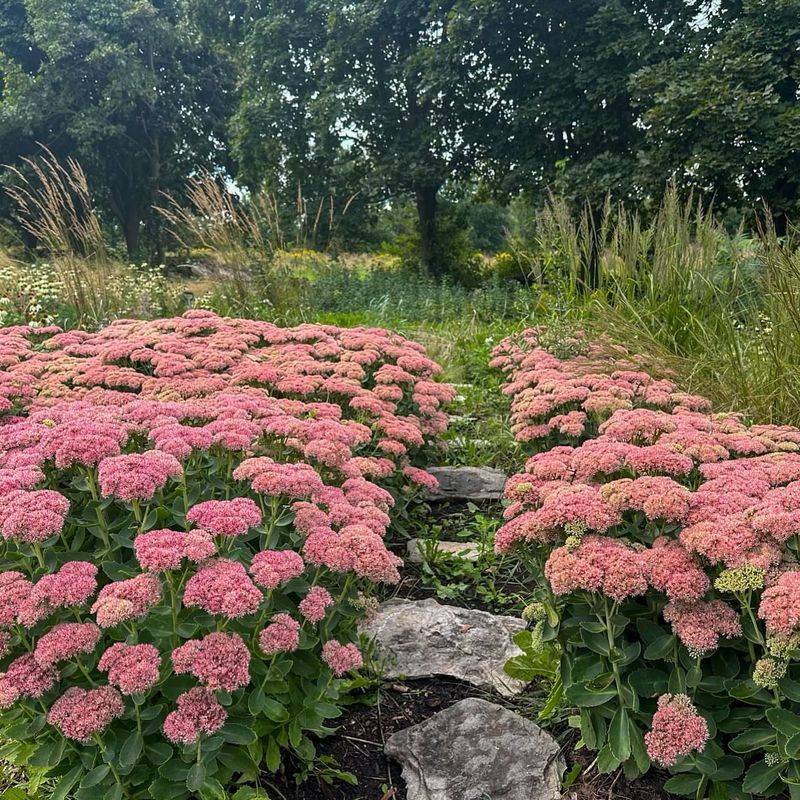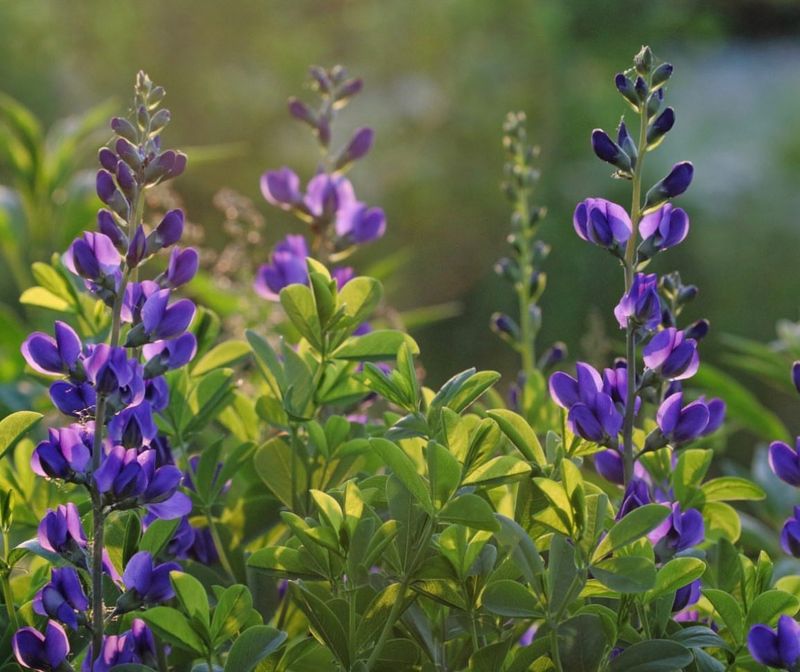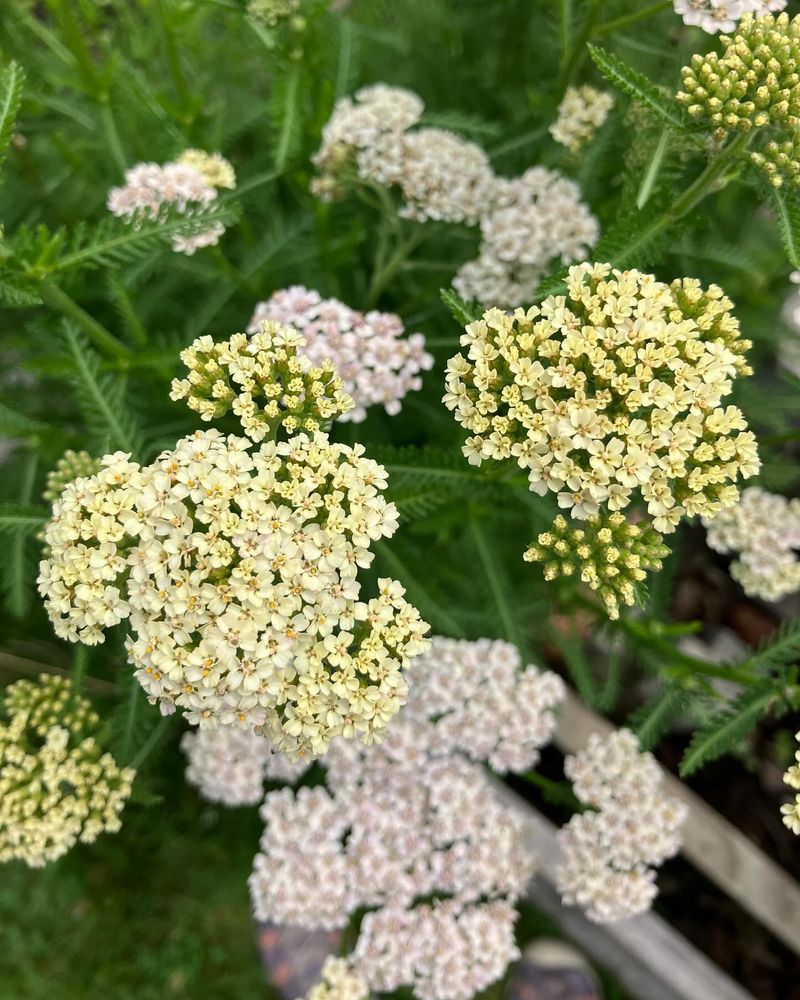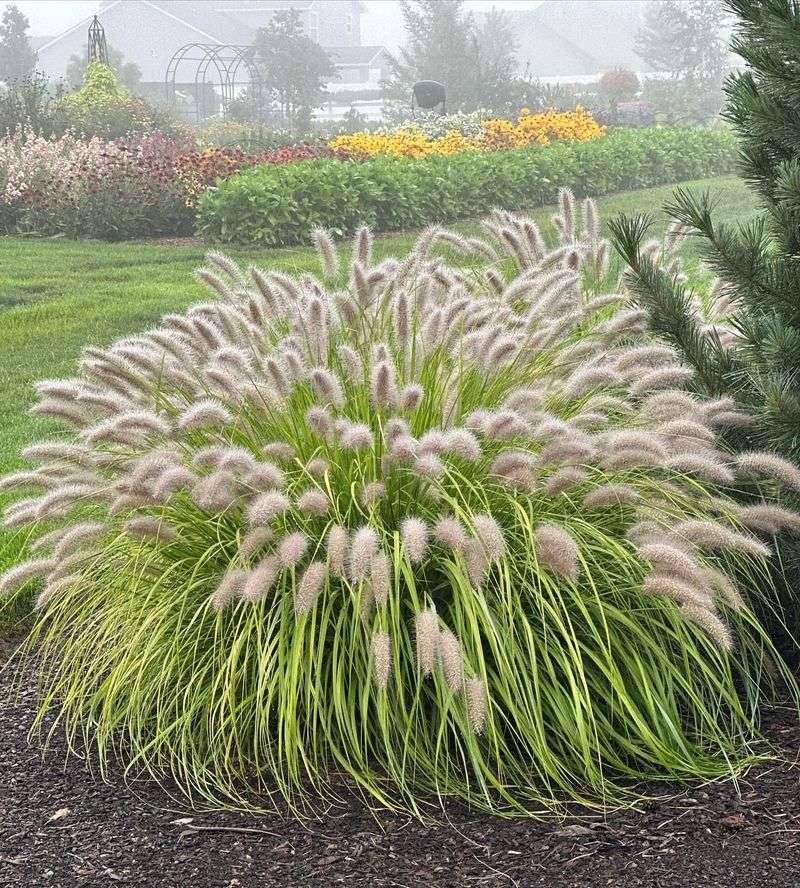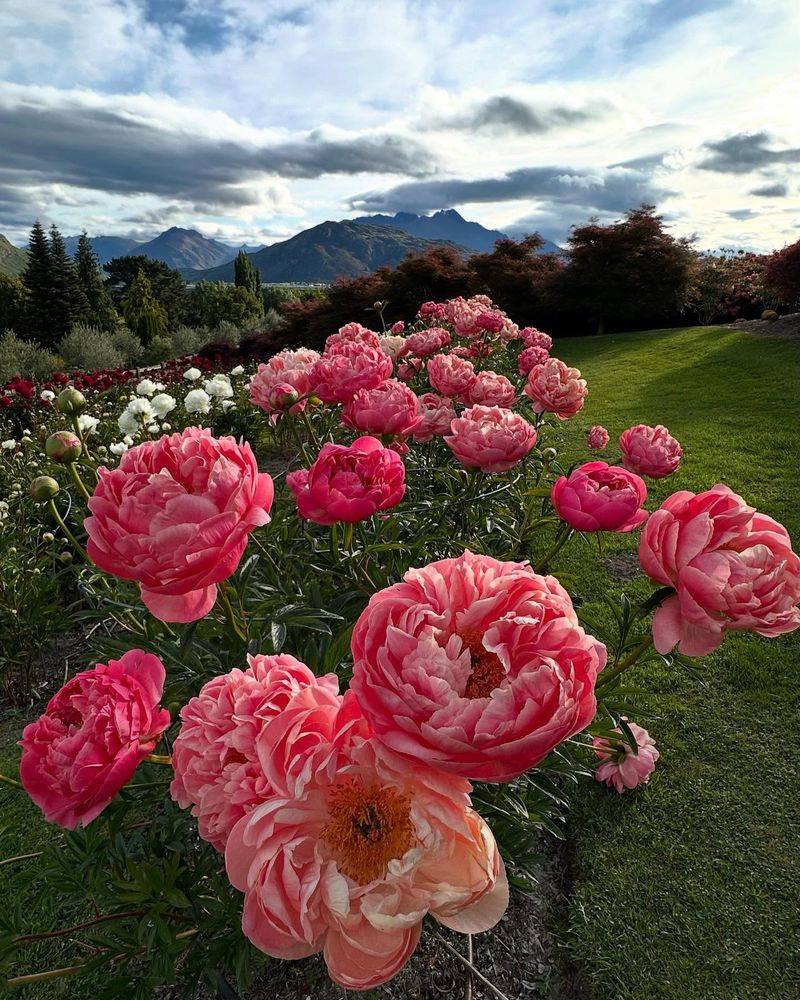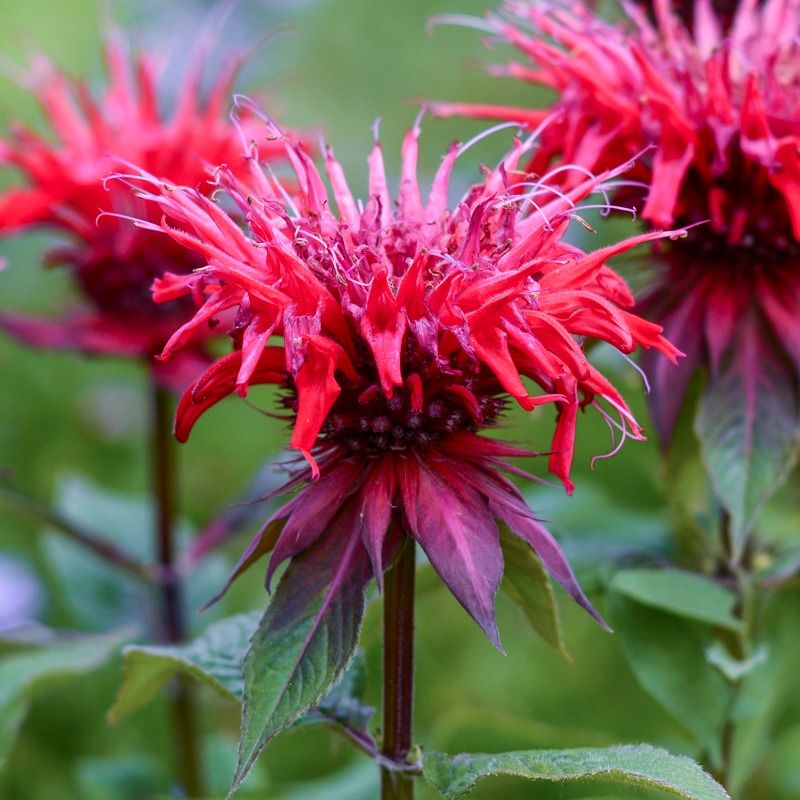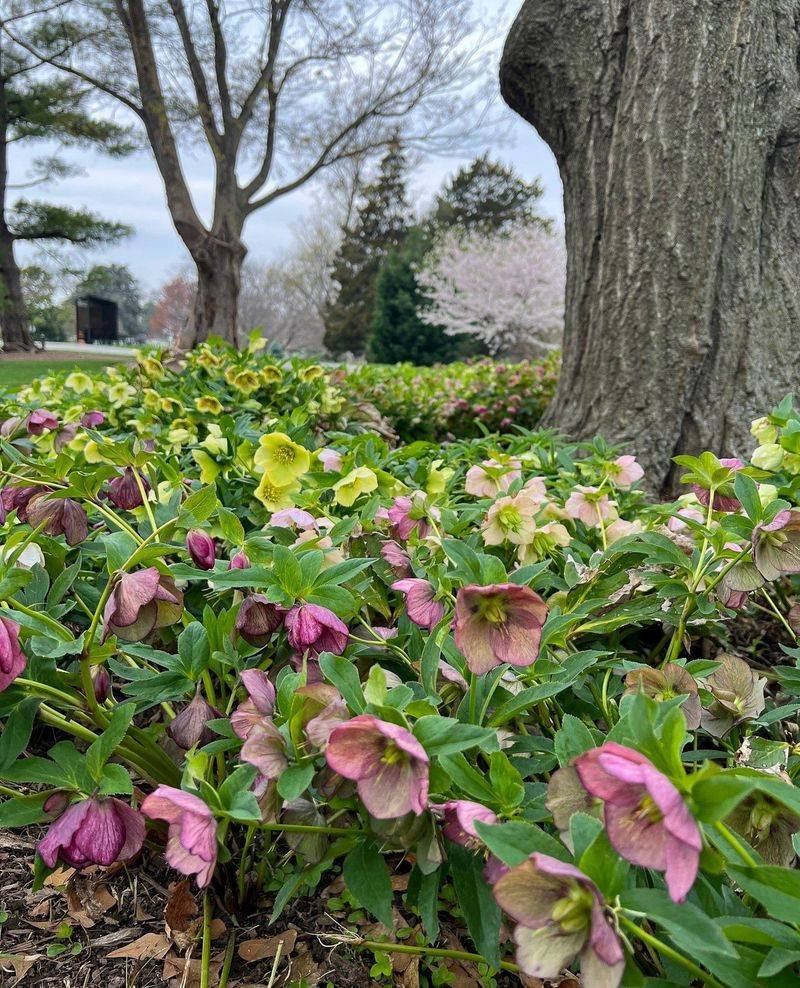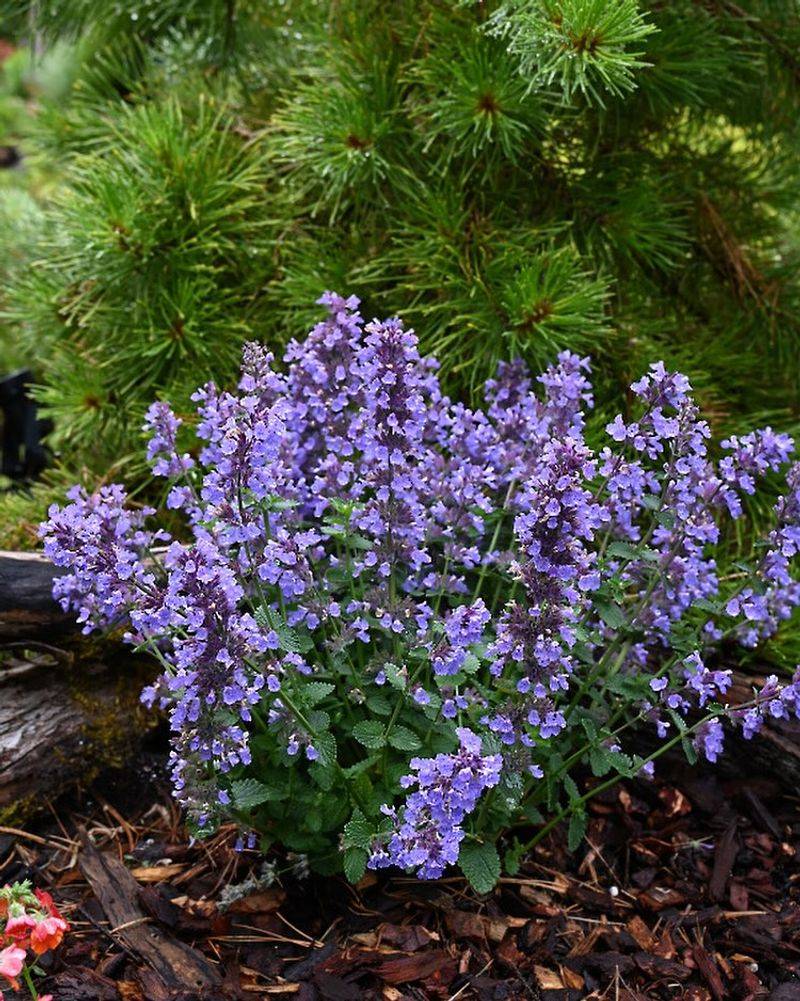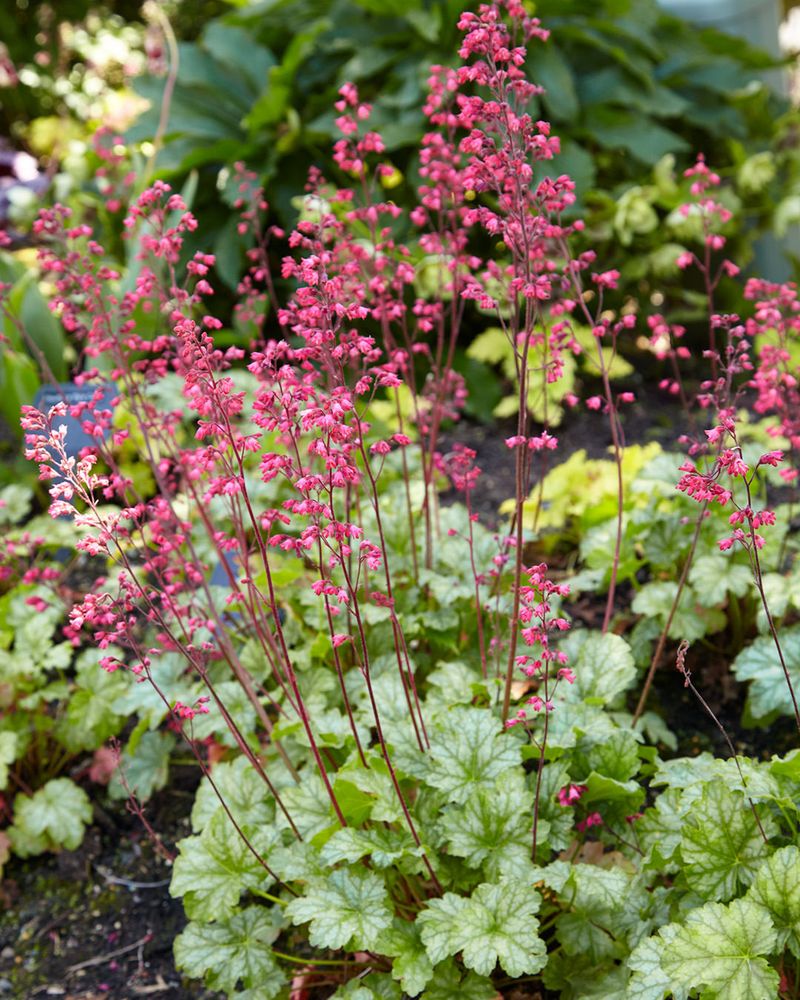Gardening in Kentucky can be a breeze with the right plants. Hardy perennials come back year after year without much fuss, saving you time and effort.
Whether you’re a busy homeowner or just starting your garden journey, these tough plants will thrive in Kentucky’s climate while you sit back and enjoy their beauty.
1. Black-Eyed Susan
Bright yellow flowers with dark centers bring sunshine to any Kentucky garden from June through September. These native wildflowers laugh in the face of drought and poor soil conditions.
Plant them once and watch them spread naturally over the years, creating drifts of golden color. Black-Eyed Susans attract butterflies and birds, adding life to your yard while barely asking for anything in return.
2. Coneflower (Echinacea)
Purple petals surrounding a spiky orange center make coneflowers instantly recognizable. Native to the Bluegrass State, these sturdy beauties handle Kentucky’s hot summers and cold winters without complaint.
Beyond their good looks, coneflowers serve as natural medicine – many people make tea from them to boost immunity. Goldfinches and butterflies flock to the seedheads, providing free entertainment in your garden year-round.
3. Russian Sage
Clouds of tiny lavender-blue flowers hover above silvery foliage, creating a dreamy effect from July through October. Russian sage thrives in Kentucky’s clay soils where other plants struggle.
Deer and rabbits turn their noses up at this aromatic beauty, leaving it untouched even in rural gardens. The subtle scent reminds many gardeners of lavender, adding a sensory dimension to your landscape without demanding any attention in return.
4. Daylily
Trumpet-shaped blooms in sunset colors grace these virtually indestructible plants. Daylilies earned their reputation as “ditch lilies” because they thrive even along Kentucky roadsides without any care.
Each flower lasts just one day, but plants produce so many buds that the show continues for weeks. Modern varieties rebloom throughout summer, giving you multiple waves of color for absolutely zero effort beyond the initial planting.
5. Sedum ‘Autumn Joy’
Succulent leaves topped by broccoli-like flower clusters that transform from pale green to deep rose as summer turns to fall. These water-wise plants practically celebrate Kentucky’s occasional droughts.
Flat flower heads provide perfect landing pads for butterflies and bees seeking late-season nectar. After frost, the dried flower heads add winter interest to your garden, looking especially magical when dusted with snow.
6. Baptisia (False Indigo)
Spires of purple-blue pea-like flowers rise above bluish-green foliage in spring, followed by interesting black seedpods. Native to Kentucky, Baptisia develops deep roots that help it survive droughts and harsh winters.
Early settlers used this plant to make blue dye when true indigo wasn’t available. Once established, Baptisia forms a substantial shrub-like clump that needs zero maintenance and can live for decades in the same spot.
7. Yarrow
Flat-topped flower clusters in white, yellow, or pink hover above feathery foliage from early summer through fall. Kentucky’s occasional droughts only make yarrow more determined to thrive.
Ancient warriors once used yarrow to stop bleeding on battlefields. Modern gardeners appreciate how this tough plant handles poor soil, hot sun, and neglect without losing its cheerful disposition. Butterflies and pollinators flock to yarrow’s tiny flowers for nectar.
8. Ornamental Grasses
Graceful plumes and seedheads dance in Kentucky’s breezes, adding movement and year-round interest to gardens. Switch grass, little bluestem, and fountain grass all thrive with minimal care in our climate.
Fall brings spectacular color changes as many grasses turn gold, orange, or burgundy. Winter reveals another dimension of beauty as frost clings to seed heads on crisp mornings. Simply cut back in early spring – that’s the extent of maintenance required.
9. Peony
Enormous fragrant blooms in shades from pure white to deepest red make peonies garden royalty each May. Kentucky gardeners have grown these heirloom beauties for generations, often passing plants down through families.
Ants crawling on peony buds aren’t pests – they’re helping remove the sticky coating that protects the flowers. Once established, peonies can bloom for over 100 years in the same spot with absolutely no special care required.
10. Bee Balm (Monarda)
Spiky, firework-shaped blooms in red, pink, or purple attract hummingbirds and butterflies throughout summer. Native to the eastern United States, bee balm feels right at home in Kentucky gardens.
Crush a leaf between your fingers to release a spicy, minty scent that explains why this plant is also called wild bergamot. Bee balm spreads slowly to form attractive clumps that need dividing only every few years – otherwise, just leave it alone to perform.
11. Hellebore (Lenten Rose)
Cup-shaped blooms emerge in February or March when most gardens still slumber under winter’s grip. Evergreen leaves provide year-round structure in Kentucky shade gardens where other plants struggle.
Deer and rabbits avoid hellebores completely due to their slightly toxic nature. Modern varieties offer colors from pure white to deep purple, often with speckles or picotee edges. Simply trim old leaves in late winter – that’s all the care they’ll ever need.
12. Catmint (Nepeta)
Lavender-blue flower spikes emerge above aromatic gray-green foliage from May until frost. Catmint forms tidy mounds that soften garden edges and pathways throughout Kentucky landscapes.
Unlike its cousin catnip, most catmint varieties won’t drive your feline friends crazy. The scent repels problem insects while attracting beneficial ones. Simply shear plants back by half after the first flush of bloom to trigger another round of flowers.
13. Coral Bells (Heuchera)
Colorful foliage in shades from caramel to purple provides year-round interest beneath delicate flower stalks. Kentucky gardeners appreciate how coral bells thrive in both sun and shade, adapting to various garden spots.
Hummingbirds zoom in to sip nectar from the tiny bell-shaped blooms. Modern varieties offer ruffled, veined, or metallic leaves that look fantastic even in winter. These compact plants ask nothing more than a spot with decent drainage to perform their magic.

